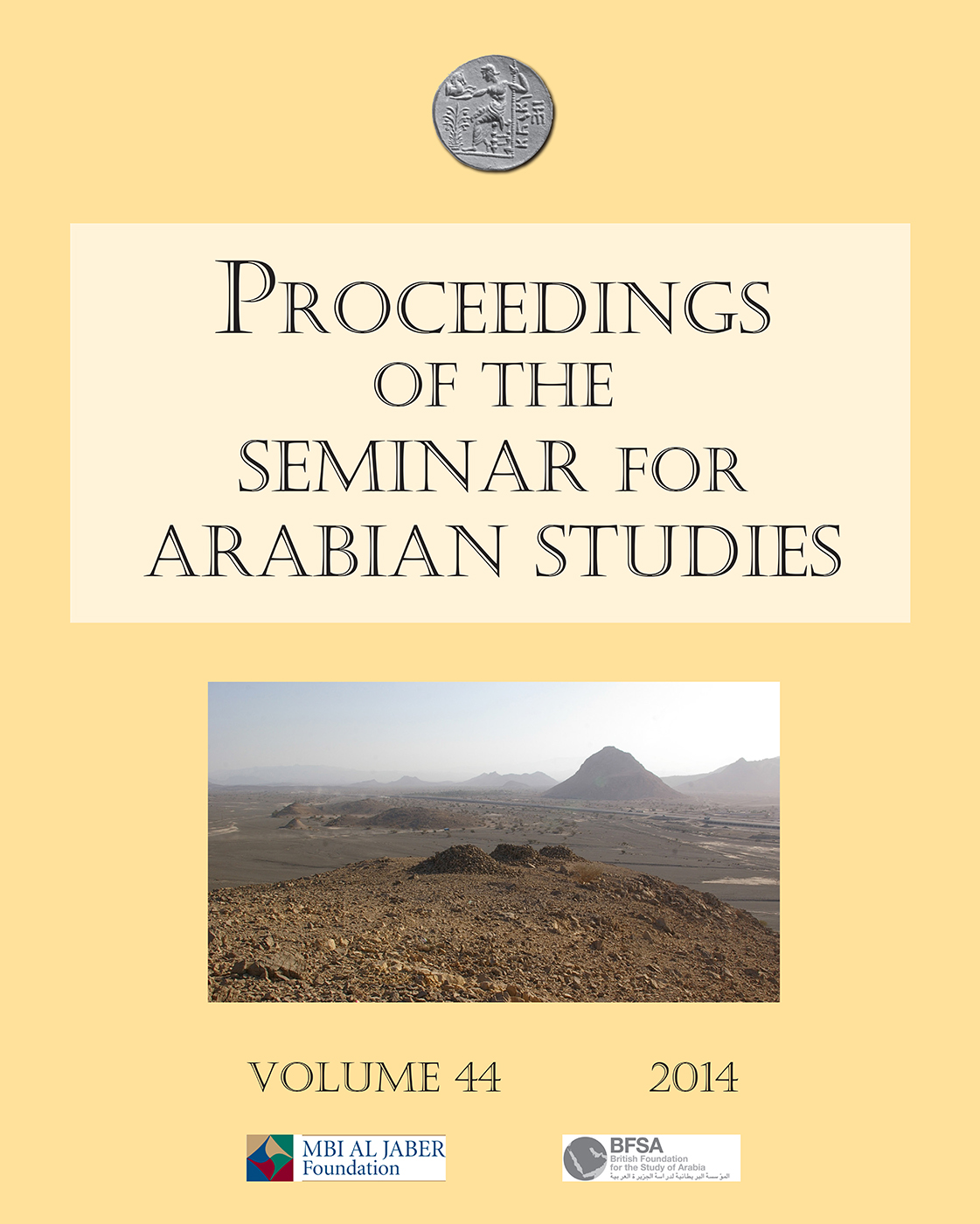An interplay of imports and local traditions? The pottery assemblage from Dosariyah, Saudi Arabia
Abstract
This paper presents the first results of the pottery analysis from Dosariyah, a Middle Neolithic site located close to the shore of the Central Gulf in the Eastern Province of Saudi Arabia, which dates to the late sixth and early fifth millennium BC. With almost 15,000 single pieces of pottery, the assemblage recovered from the site represents the largest amount of ceramic material of this period that is known from the whole Arabian Peninsula. Its examination will provide data concerning the relationship between, and diachronic changes in, the two main types of pottery, ʿUbaid Ware and Coarse Ware, during the time of habitation. Both wares appear from the beginning of occupation onwards but their characteristics vary in numerous aspects, a fact that points towards an independent and indigenous ceramic tradition of the Coarse Ware. At the same time the occurrence of three Coarse Ware pieces bearing an incised decoration with a geometrical pattern and two Coarse Ware rim fragments apparently imitating a specific c Ubaid vessel shape led to questioning the actual value of the vessels as well as the consistency of availability of imported pots from distant regions, such as southern Mesopotamia.
References
.
Published
How to Cite
Issue
Section
License
Archaeopress Publishing, Oxford, UK


